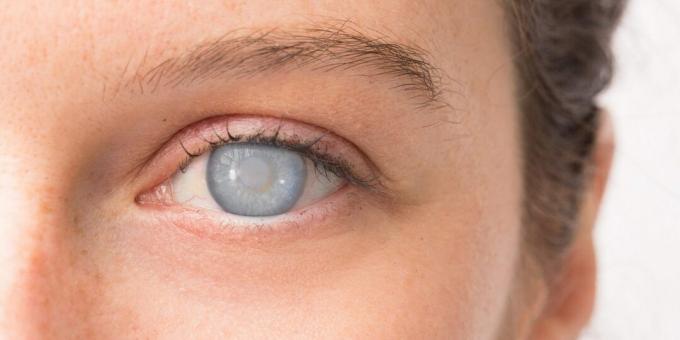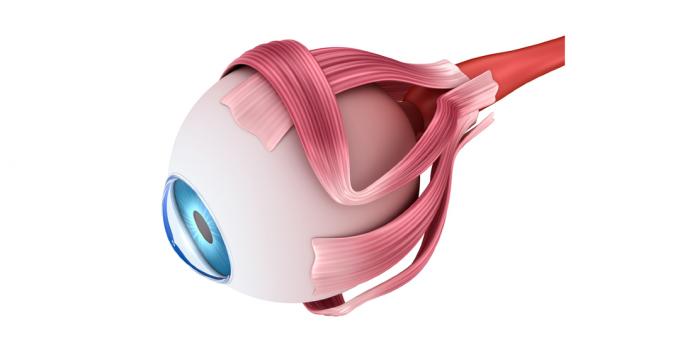Where does the eyesore come from and how to get rid of it
Educational Program Health / / December 30, 2020
Belm is calledCorneal opacity clouding of the cornea of the eye. It looks as if the pupil is partially or completely covered with an opaque whitish film.
Show image.
Hide image.

Photo: sruilk / Shutterstock
Belmo is unpleasant not only in appearance. Corneal opacity, if left untreated, is a sure way to loss of vision.
How does a eyesore appear
The cornea (also known as the cornea of the eye) is a transparent domed area that covers the pupil.

The main function of the cornea is to protectCorneal opacity pupil from dust, germs, ultraviolet radiation, and other possible irritating factors. Typically, the cornea does a great job while maintaining transparency. But not always.
In some cases, damage appears on the cornea that the body cannot repair. In this case, part of the cornea is replaced with opaque scar tissue. Over time, scar tissue can grow blood vessels, increase in size. Outwardly, it looks as if the thorn is grasping the pupil.
Where does the eyesore come from
Here are the most common reasonsCorneal opacity corneal damage and opacity:
- dust or sand in the eye;
- chemical irritation;
- accidental injury to the eye - for example, a branch;
- inflammation caused by worn out contact lenses;
- a burn due to looking at the sun, welding, brightly lit snow;
- eye infections - for example, conjunctivitis or the herpes virus, which can attack, among other things, the organs of vision;
- deficit vitamin A.
How to understand that a thorn is developing
You can predict dangerous damage to the cornea by the following symptomsCorneal opacity:
- deterioration of vision in one eye;
- pain or sensation as if something got into the eye;
- redness of the eye, excessive lacrimation, new sensitivity to light;
- the appearance of a small porcelain-colored spot on the cornea.
Any of these signs, if it does not go away within a few hours, requires the consultation of a doctor - therapist or ophthalmologist.
Corneal injuries areCorneal opacity the fourth leading cause of blindness is after glaucoma, cataracts and age-related macular degeneration.
Your cornea may be able to heal the damage on its own. But it's better not to risk it and help her recover.
How to treat an eyesore
It depends on how badly the cornea is damaged.
In some cases, if you see your doctor when the first symptoms appear, the cloudiness process can be stopped. To do this, the doctor will prescribe eye ointments or dropsthat contain antibiotics or steroids. These drugs are most often sold by prescription.
But if the opacity of the cornea has reached such an extent that you have seriously subsided or completely disappeared vision, and the eyesore has become too noticeable, drops cannot be dispensed with: a surgical operation.
Surgeon will remove the damaged cornea and replace it with a healthy donor one. If transplantation is not possible, the doctor will perform keratoprostheticsKeratoprosthetics. That is, instead of the damaged cornea, he will install a keratoprosthesis - a disc made of transparent plastic material, which will completely take over the functions of the cornea.
Read also👀👁👓
- What is astigmatism and is it possible to get rid of it
- Conjunctivitis: why eyes turn red and how to treat them
- Glaucoma: How to Recognize and How to Treat
- Why is cataract so dangerous and how to get rid of it
- Dry eye syndrome: 7 causes and treatments



